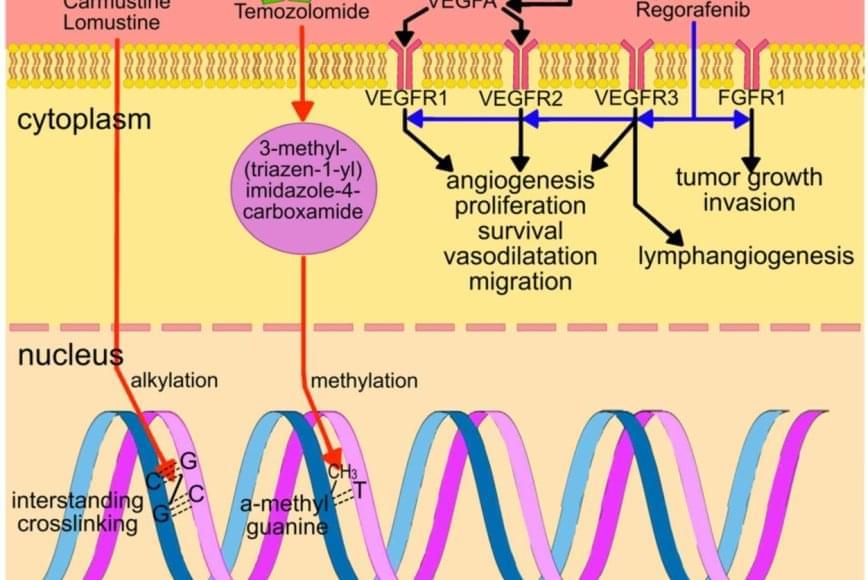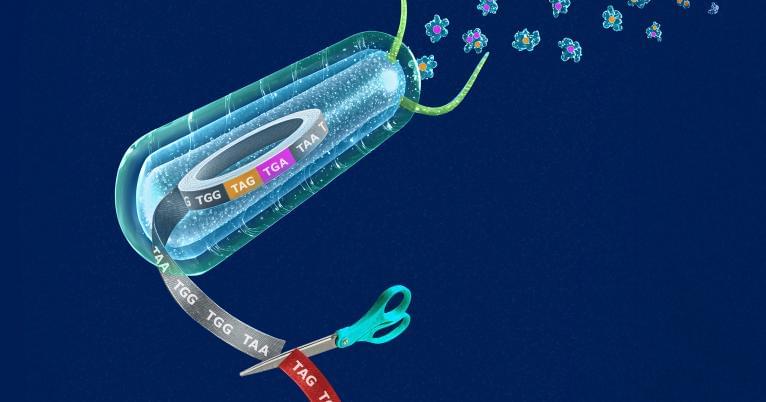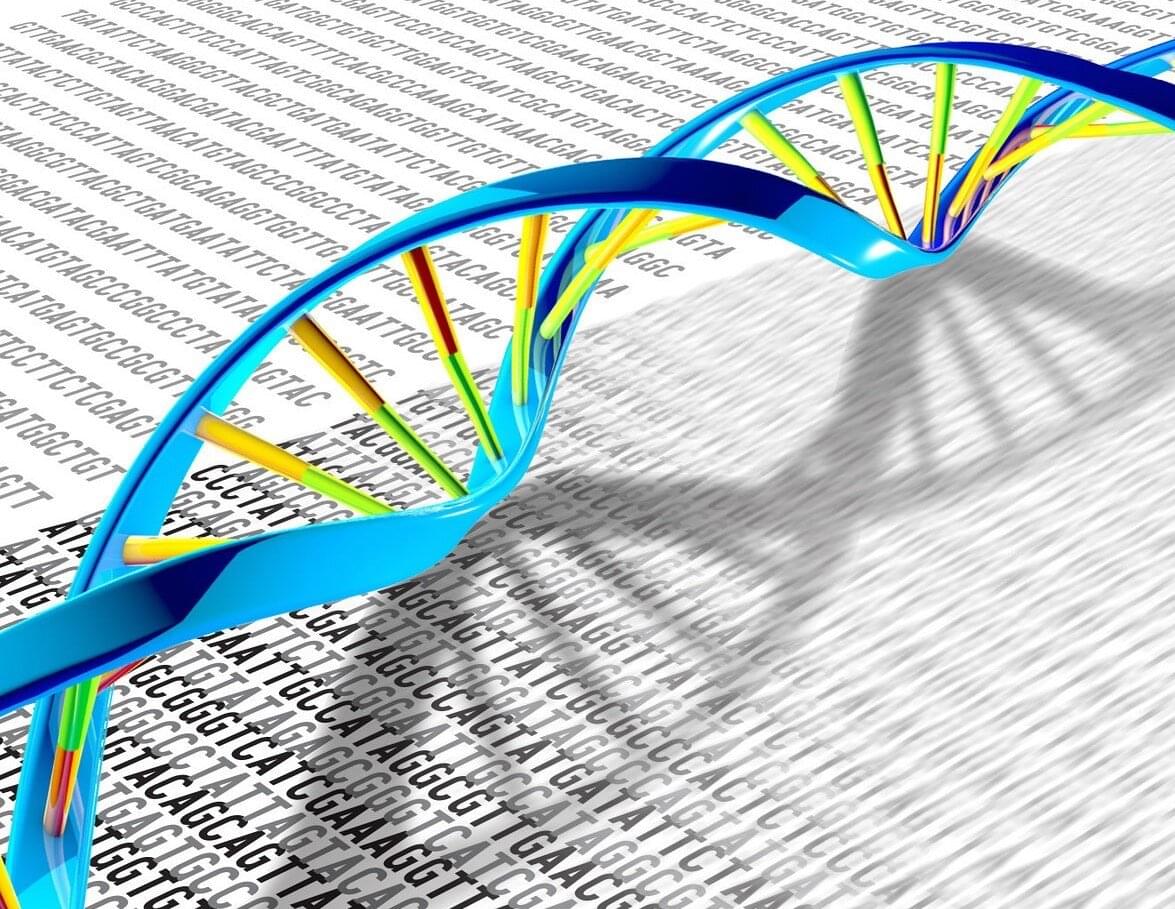As the race between U.S. and Chinese biotech companies heats up, the competition is particularly fierce in one field: CRISPR gene editing.
China has rapidly emerged as a global leader in CRISPR research. While much of the initial focus in the industry was on the use of the technology to develop cancer treatments, Chinese biotech firms have since moved to apply it to test therapies for rare diseases, including sickle cell disease and inherited eye disorders.
In many areas, Chinese companies have been more aggressive, pushing into diseases that their U.S. counterparts have shied away from, including in Duchenne muscular dystrophy and herpes virus. That willingness has raised eyebrows among some executives and academics in the U.S., while exciting others who fear the American regulators and companies have been too conservative.






